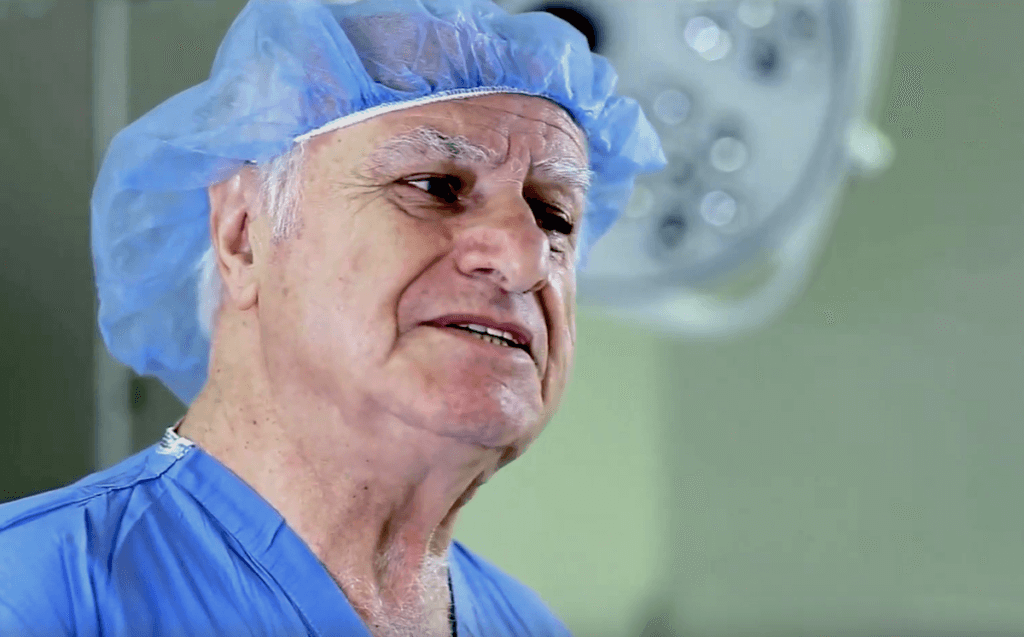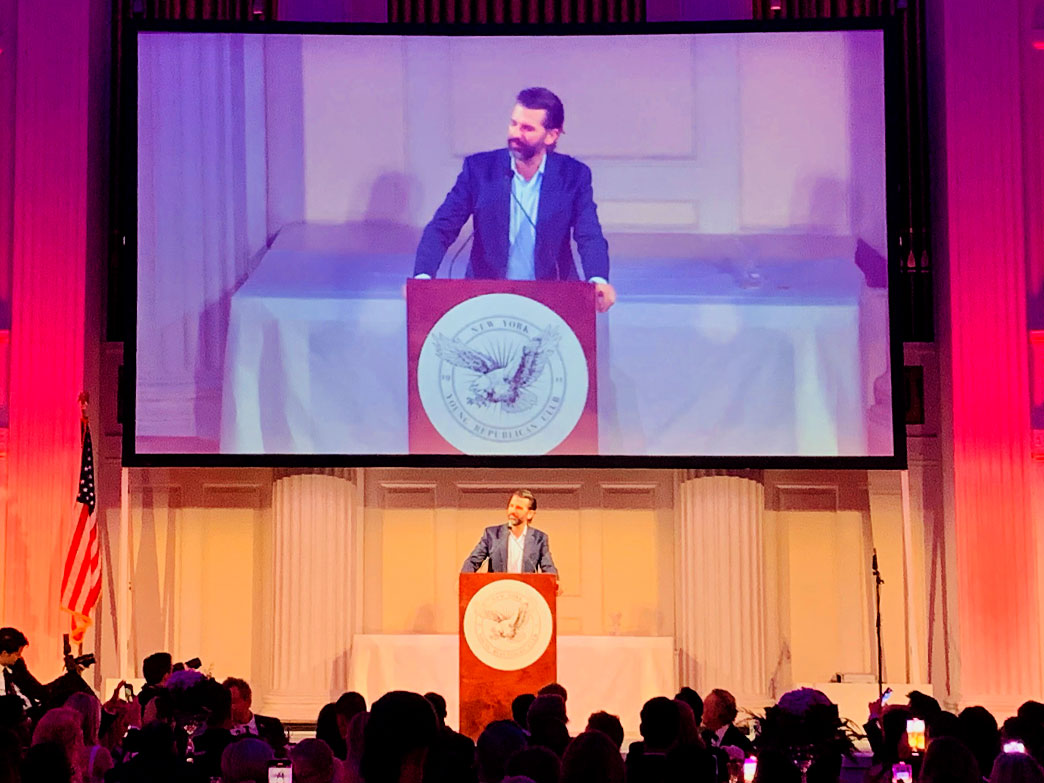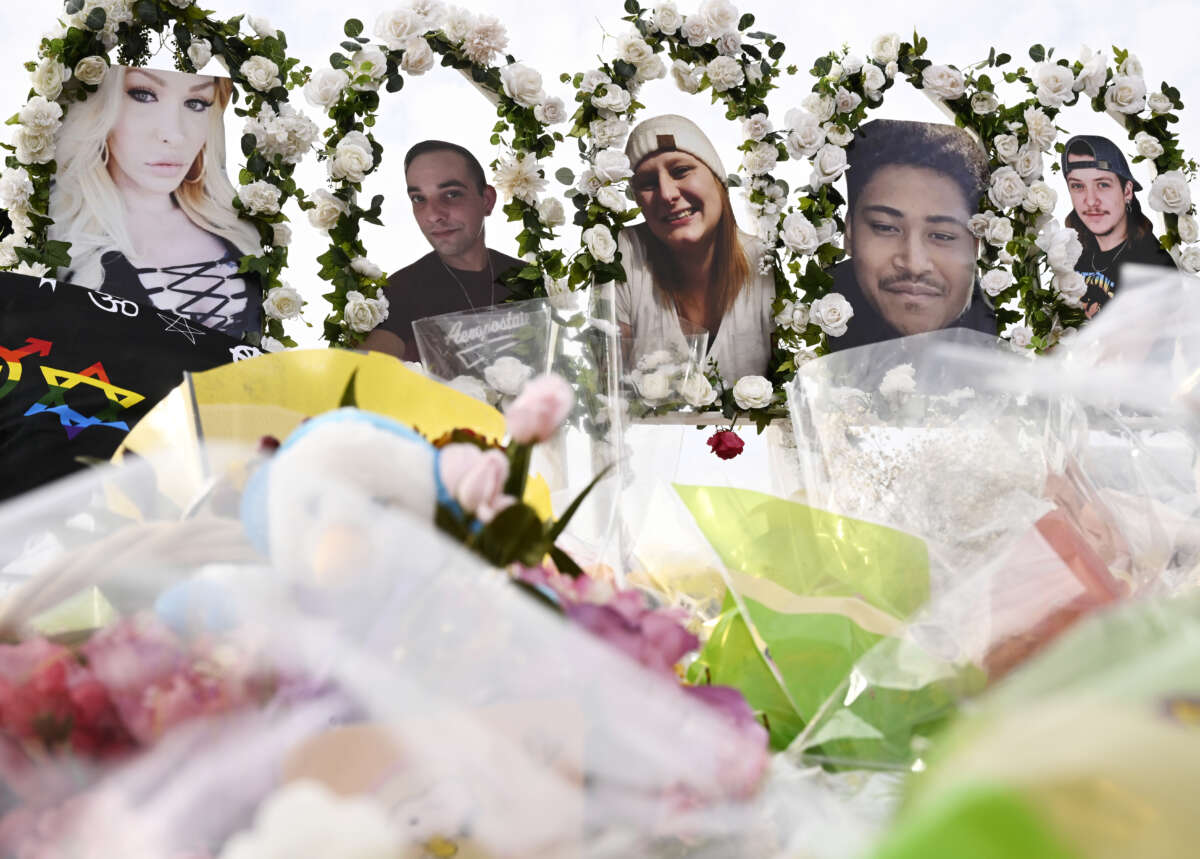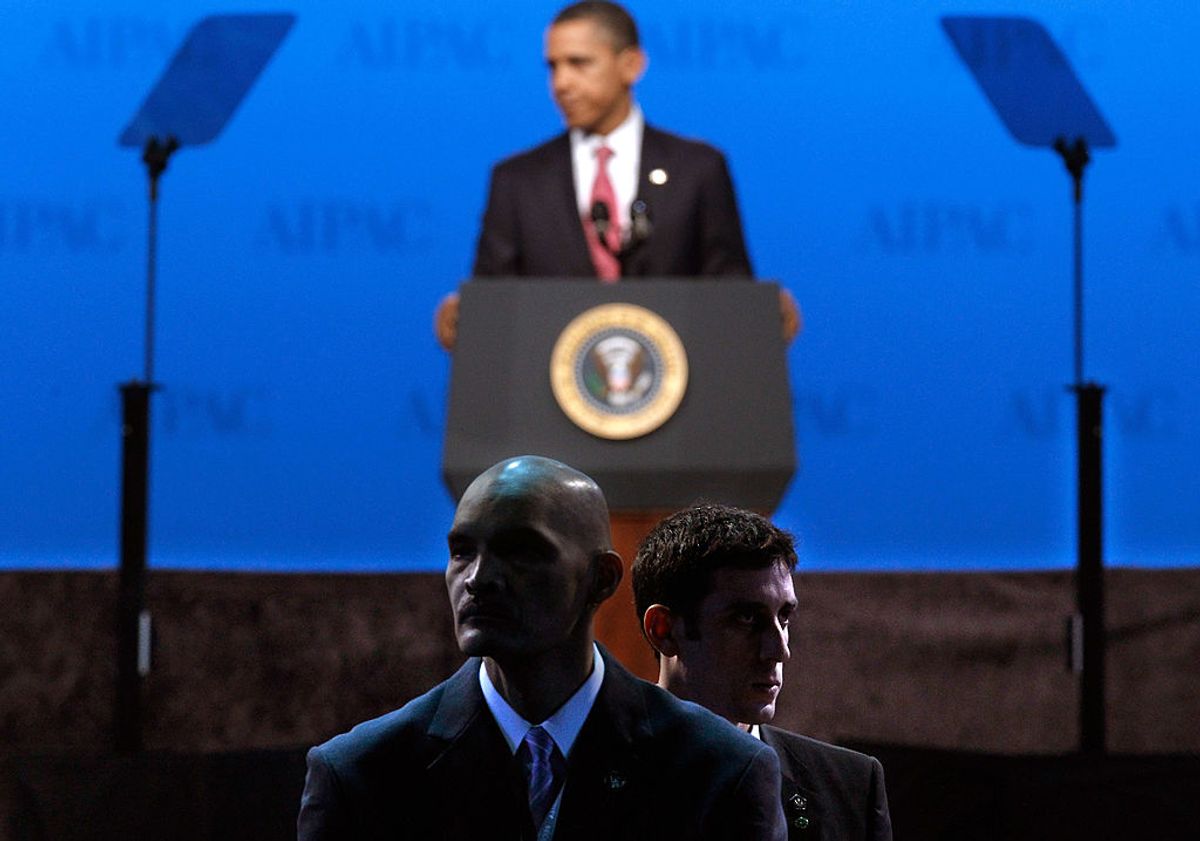Beyond Liberalism?: On Raymond Geuss’s “Not Thinking Like a Liberal”
December 11, 2022 • By Richard Eldridge
/https%3A%2F%2Fdev.lareviewofbooks.org%2Fwp-content%2Fuploads%2F2022%2F12%2FNot-thinking-like-a-liberal.jpeg)
Not Thinking Like a Liberal
RAYMOND GEUSS
By the end of 1973, after the end of the Bretton Woods fixed-exchange-rate system, the Arab oil embargo, and direct US involvement in Vietnam, everything had changed. Overnight, it seemed, many students switched majors from critical sociology to economics. Under President Gerald Ford and then Jimmy Carter, management of domestic problems, especially inflation, displaced a politics of solidarity, while the counterculture drifted toward hedonic individualism and, ultimately, consumerism. Ronald Reagan ran on the ideas that government was the problem, public aid was a scam, and it was okay to be rich again. Managerialist liberalism with an egoistic, neoliberal spin had won. As Raymond Geuss puts it in his new book, Not Thinking like a Liberal, “the vocabulary of ‘liberalism’ is the dominant and virtually all-pervasive idiom of our thought and speech.”
Geuss both describes what has driven this development culturally and offers a rich ethnographic-autobiographical story about how he has been able to remain at least imaginatively and intellectually uncaptured by it. Psychically, Geuss argues, liberalism offers “the fantasy of being an entirely sovereign individual” as “a reaction to massive anxiety about real loss of agency in the world.” It offers the false security of “living in a bubble of nostalgia” for the international economic hegemony that the United States began to lose from the mid-1960s onwards, first as other economies recovered from the devastations of World War II and then with increasing globalization, job flight, Trumpism, and Brexit. In this situation, liberalism “responds in a particularly satisfactory way to deep human needs and to the vested interests of powerful economic and social groups.”
How, then, did Geuss manage to escape it? Born in 1946 and raised outside Philadelphia as the son of a devout Catholic steelworker, young Raymond was sent at the age of 13 as a scholarship student to Devon Preparatory School, a boarding school run by Hungarian priests (émigrés from the failed 1956 Hungarian Revolution), members of Order of the Pious. Unusually, and unlike the schools of the Jesuits, the school was non-Thomist, antiliberal, and nonauthoritarian. Students were instructed to think for themselves, all the while understanding that the resources available for thought were the fruits of complex religious, linguistic, and social traditions within which they lived, and that they were themselves more than likely to be sinful in one way or another. Above all, “illusions of purity, absolute autonomy, and self-dependence” were taken to be “ungrounded […] sinful […] expressions of human pride.” Religious beliefs were not matters of taste, opinion, decision, or otherwise things at one’s individual command. The complexities of the traditions that furnished the available contents for thought meant that it was very difficult to sort things out. Free and open discussion was unlikely to yield consensus, and in general, “the human soul was a mass, generally a highly disorganized mass, of conflicting, highly obscure, only partially formed, inchoate, and unstable impulses and desires,” so that even “a slightly better understanding of oneself and one’s desires and wants […] would always be limited and incomplete, and probably would also be highly perspectival.” Philosophy’s irenic dreams of achieving political agreement via civil argument were empty, sectarian, self-serving fantasies.
These antimanagerial, anti-individualist, and anti-Jesuit views formed the living atmosphere of the school, maintained, for Raymond, above all by Béla Krigler. The substantial criticisms of any form of individualism and any ideal of self-transparency that Geuss lays out in strings of paragraphs are punctuated periodically by interjections of “Krigler said,” “Krigler invited us,” “Krigler continued,” or “Krigler added.” This technique — reminiscent of authors W. G. Sebald and Rachel Cusk — simultaneously lends to the presentation an air of intimacy, as a particularly moving presence is registered, and reflective distance, as that presence is suddenly indicated as past. Krigler, along with other teachers who similarly emphasized “the inherent complexity of human life, the difficulty of judgment, the unsurveyability of choices, and the obscurity of eventual outcomes,” here palpably inhabits Geuss’s consciousness, into which we, as readers, are compellingly drawn.
After Devon, Geuss completed his BA and PhD at Columbia, working with the noted anarchist-Marxist philosopher Robert Paul Wolff, the inimitable Sidney Morgenbesser, and the historically minded political philosopher Robert Denoon Cumming. From Wolff he took on the Marxist critical point that “enforcing equal rules in cases in which gross disparities of power exist […] can have the effect of reinforcing them […] or even increasing them.” Contra the ideas of American philosopher John Rawls, a sense of fairness having definite content is neither a natural universal nor a widely shared historical achievement; hence, any appeals to fairness — political, procedural, or economic — inevitably reflect the particular social positions and interests of those who make them. From Morgenbesser he learned the limits of reason and how unclear human beings frequently are about their own motivations and actions: “There were,” Morgenbesser held, “many significant cases where commitment ran ahead of evidence or engagement lagged behind, or in which people turned away from and simply lost motivation to pursue theories that had not really been refuted.” The idea that philosophical reasoning might undo such cases is willfully naïve, and we would frequently do better to inquire into the social and historical factors that shape them than to pursue the chimera of purely rational commitments. From Cumming, finally, he learned to understand political theories as less than fully coherent, historically emergent responses to changing social circumstances; the path of honesty is to be hesitant about commitment to any of them — a thought further reinforced for Geuss by his readings of poet Paul Celan and philosopher Theodor Adorno while studying in Germany.
What is left, then, for intellectuals to do, given the standing impotence of reason to yield fully justified commitment to any political theory, human beings being what they are? Here Geuss plumps for bi-ocular vision or holding in view comparisons of alternative stances together with their incommensurable virtues and vices. Moreover, it is possible, he holds, simply to act from one’s allegiances as one haphazardly and incompletely finds them in the course of one’s evolving historical life with others. (Jean-Paul Sartre develops a view like this in his Critique of Dialectical Reason, but one might also worry that it is all too congenial to the authoritarian right as well.) We might take up a Foucauldian ethos of Enlightenment and practice reflective-comparative criticism, eschewing proofs and rejecting the systematic Enlightenment-inspired political theories of Locke, Smith, Mill, and Rawls. But above all: Down with liberalism and its misplaced, insufferable smugness.
Geuss’s bleak philosophical anthropology, or his broad, skeptical account of human powers and interests that is aimed at challenging the hubris of abstract theorizers, is compelling. His account of the unusual formation of his own intellectual and political sensibility is both moving and illuminating. Liberalism, paradigmatically the theory of Rawls, is caught between the Scylla of reposing on a metaphysical doctrine of the universal possession of pure practical reason, the exercise of which is largely unrecognizable in contested practice, and the Charybdis of presenting itself as a constructive political solution to a local problem of living with radical religious disagreement. Either way, it is not clear that the motivation to live together under terms of fair cooperation either will or should be generally shared. Nor has a Hegelian historical learning process yet brought us to a sufficiently content common commitment to justice under specific institutions of right. Measures of modesty and even negativity about political ideals are surely a significant part of sanity.
But are things quite as badly off as Geuss suggests, for philosophy or in life? He distinguishes between three senses of liberalism: a generous, relaxed, adverbial sense, which amounts to the platitudinous but not significantly political advice to “be nice”; a systematic sense, according to which tolerance and discussion are generally good things, something that is often enough true, but certainly not always; and a doctrinal sense, identified with the overly idealizing and ultimately egocentric political theories of Locke, Smith, Mill, and Rawls. Geuss takes this in practice to reduce to advocacy of neoliberalism, as Chomsky might put it — that is, to serving, again, the “interests of powerful economic and social groups,” presumably by means of globalization, the expansion of markets into all realms of human life, and the extraction of profits. But are these all the available alternative senses of liberalism? It is worth noting that none of Locke, Smith, Mill, or Rawls is a neoliberal. In different ways, each of them advocated for radical reform of contemporary political practices for the sake of a more just society. They are, in a sense, each democratic perfectionist liberals. This is essential to what makes their theories ideal theories.
Geuss is right to be skeptical about our prospects for living up to any of their ideals thoroughly, within historical time, and in a completely transparent way. The dream of living a life wholly according to reason is frequently both idle and compensatory. Yet it is not clear that we either can or should forgo it, any more than we can or should forgo dreaming itself. The ideals that systematic liberal theorists propose might best be understood as historically situated, radically reform-oriented, invitational claims to politically significant self-understanding. Many people might find themselves coalescing around such claims, for good reasons, as they fitfully stumble a step or two further forward out of existential darkness.
Stanley Cavell has drawn this kind of picture of political philosophy as an ongoing activity out of his engagements with ordinary language philosophy, understood as an unclosed practice of Socratic democratic perfectionism, in which each is invited to hear, often with some surprise, what it makes sense to say when. We might continue to construct cities of words to which, in Plato’s words, one might turn as “model[s] laid up in heaven” for each “to look upon” so as to “set up the government of his soul” and in the hope of attracting others freely to a similar direction of self-government. Surely this will not save us and produce lasting justice on earth; nothing will. Universal agreement on a single model is not likely to be forthcoming, and arguably it should not be. But substantively liberal models — Lockean, Smithian, Millian, and Rawlsian ones — have, in the end, a considerable claim to pointing us toward further, available steps on the meandering and unending path toward substantive individual and social freedom and the development of meaningful lives.
¤
Richard Eldridge is a lecturer in philosophy at the University of Tennessee, Knoxville, and the Charles and Harriett Cox McDowell Professor Emeritus of Philosophy at Swarthmore College.
Richard Eldridge




















